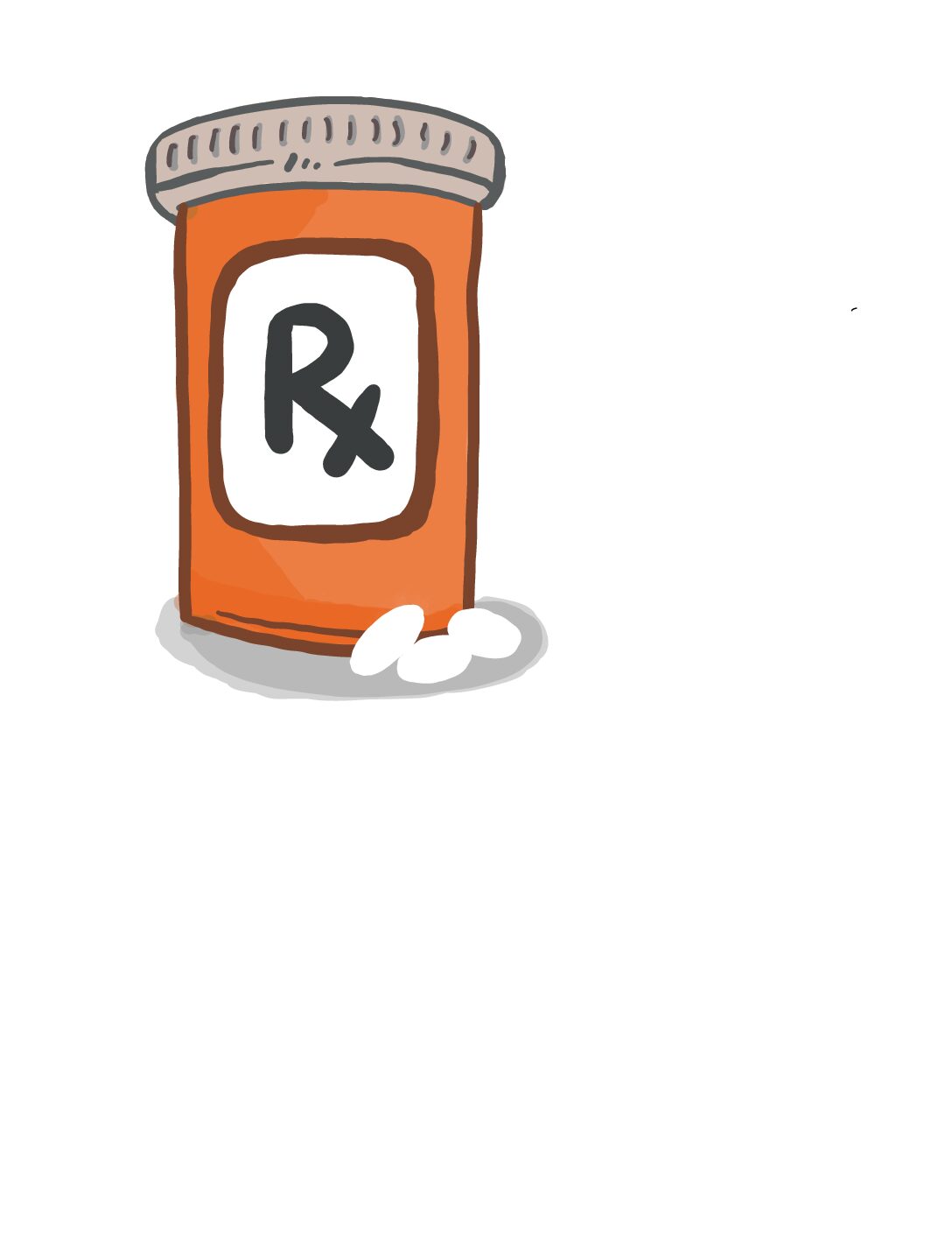Art Courtesy of Jiya Mody.
According to the CDC, overdoses involving opioids claimed the lives of 80,411 Americans in 2021. Amid this crisis, healthcare professionals increasingly rely on treatment strategies that limit the use of opioids for patients in need of pain relief. The CDC’s current recommendations on opioid use suggest alternative first-line therapies, low-dose prescriptions, and goal-oriented treatments. But to bring an end to opioid abuse without compromising on quality of care, it might be necessary to remove opioids from clinical use altogether. To provide a safe alternative, researchers are scrambling to create non-opioid pain relief medications. A team based out of the University of Texas at Dallas recently published research on a new compound that alleviates nerve pain by changing the way cells send signals to each other.
The new compound works by targeting the sigma-2 receptor transmembrane protein 97 (σ2R), an endoplasmic reticulum-resident protein. σ2R is widely expressed in cells in the central nervous system and is known to regulate cholesterol transportation. Additional properties of this protein have remained relatively unknown for a long time. Stephen Martin and Jim Sahn, chemistry professors at UT Dallas, came across ligands that bind to σ2R while synthesizing compounds for a study of the receptor conducted by the National Institutes of Health. Further experiments revealed that these ligands reduced pain hypersensitivity in a mouse model.
“In the beginning, it was really curiosity-driven,” Sahn said. “So [reducing hypersensitivity] was motivating in the early days.” With the prospect of pain relief on the table, Martin and Sahn sought to translate their discovery of these complex ligands (FEM-1689 and DKR) into a simpler form that resulted in the same outcome but was easier to produce. Interestingly, Martin said that the ligands were named after friends and family, including Martin’s wife (FEM-1689) and a decorated UT Dallas football coach, Daryll K. Royal (DKR).
Originally, Martin and Sahn had a fuzzy understanding of how the ligands worked. They knew that the ligands inhibited nerve pain, but they weren’t sure how. To investigate this phenomenon, Martin started talking to his colleagues, seeking out someone who could help them work out an answer. “Through networking […] we traversed the path from Alzheimer’s to traumatic brain injury,” Martin said. “I wanted a risk-taking biologist who would be willing to look at this.”
The biologist he found was Theodore Price. Price and his colleague, Saad Yousuf, elucidated the mechanism behind the ligands’ action. Yousuf demonstrated that the receptor σ2R is responsible for regulating other proteins that have much broader implications down a long chain—a signaling pathway—leading to the cause of nerve pain. Price, eager to make use of Yousuf’s discovery, coupled this signaling mechanism with his own tests in mouse models to develop a potential drug.
One novelty of their research is that the scientists began experimenting with animals directly. Typically, drug developers work with cellular models before moving to animal models and eventually clinical trials. However, since Price and his colleagues already knew that the compound was bound to a specific receptor, σ2R, they were able to jump straight into animal testing. Beyond that, the drug’s efficacy and long-lasting properties were surprising to the researchers. “The thing that has impressed me from the start is how efficacious this is after a long period of time,” Price said. “It’s something that is unheard of,” Yousuf added.
The team was quick to credit Martin for bringing them together and providing a strong foundation for the entire project. “[Martin] is really good at making friends,” Sahn said. Martin, meanwhile, emphasized the role of collaboration among scientists across disciplines. “What I learned is you get a name, you call them up, and you ask them if they’re interested,” Martin said. “If the answer is no, you ask them if they know somebody who might be, and you call them up until you find the right person.”
The team received a grant through the initiative “Helping End Addiction Long-Term” (HEAL), which will help develop a drug using their foundational research. “In four years, hopefully, we’ll be close to submitting an IND [Investigational New Drug] to the FDA and being able to start the clinical trials soon after that,” Price said. With an established group and promising experimental findings, the possibility of a non-opioid pain relief drug is on the horizon.

